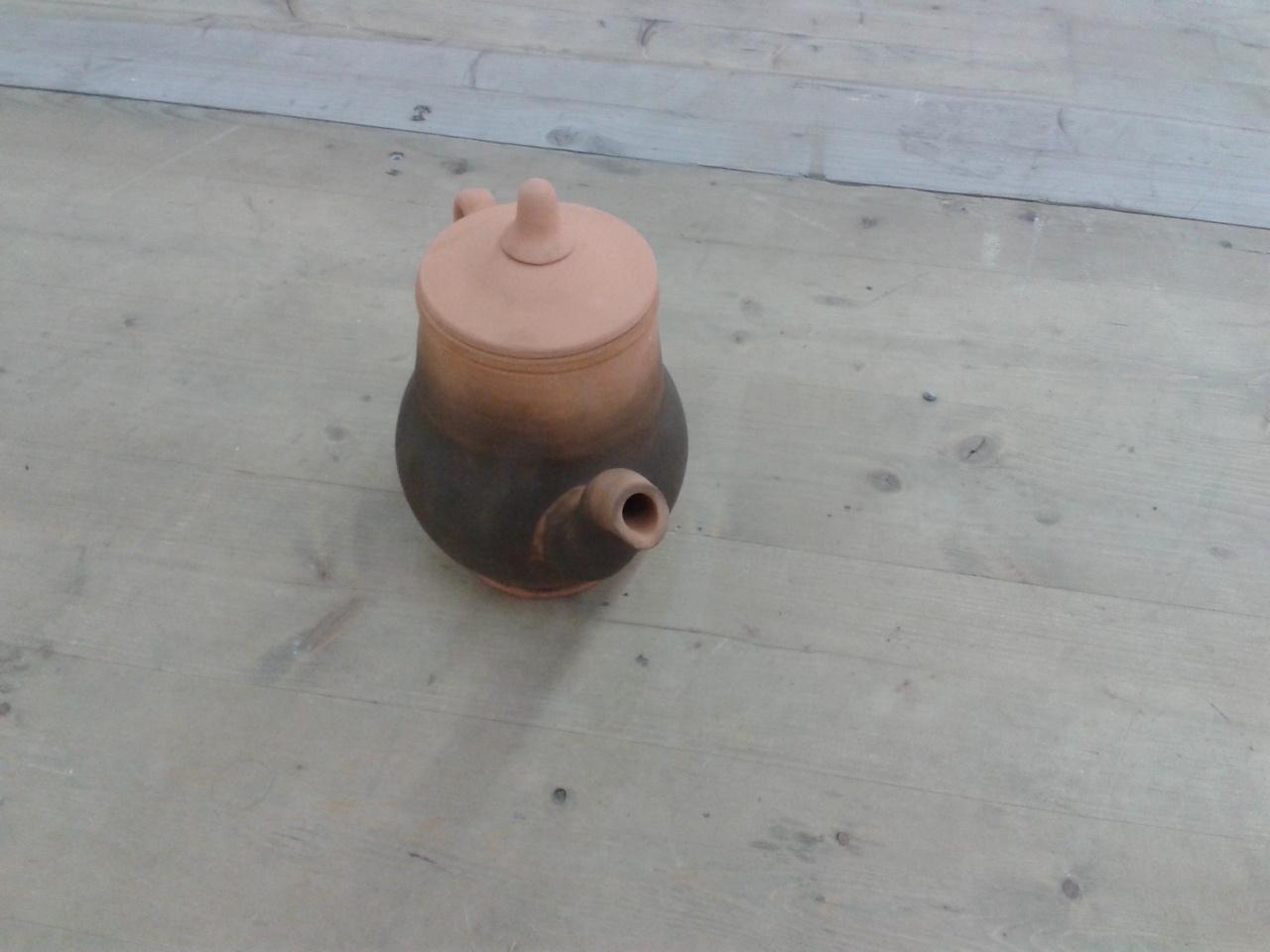Until a few months ago I did not know who 1980s MOR-songstress Sade was. No joke. Sade came up in conversation, and I asked who she was. Cue silence all around. Someone said “Er… Smooth Operator?” A vague recollection of the song flickered through my mind, but without a name tagged to it. I realise that this gap in my knowledge will come as a shock to some of you. But that’s the thing about knowledge – you don’t know what you don’t have. And though I could otherwise have held my own in a discussion on soft rock in the Thatcher years, and the influence of R&B and soul during this downtime for pop culture, my authority on the subject is nothing without this crucial bit of Sade-related empirical knowledge.
All of which brings me to the idea of writing about art fairs: for the critic, an art fair, especially one stocked with midlevel galleries showing not-so-well-known artists, is about lapping up empirical knowledge, scribbling names and scraps of biography in notebooks. It’s about filling in the gaps. It can’t really help you develop the kind of abstract notions that a curated show, biennial or solo exhibition can; but it can expose you to artists, their works placed independently and without reference to others around them, that people will be talking about. In the spirit of avoiding the awkward silences, here are five names to remember at this year’s LISTE Art Fair, Basel.
1. Rolf Nowotny, Christian Andersen, Copenhagen
Twenty clay teapots are scattered across the floor. Three aluminium sheets hang on the wall, each with a flex of electrical wire wound around two hooks attached to each sheet. The two installations bear little aesthetic relation to one another, yet both are intriguing – ‘intriguing’ not as some pat compliment, but in the sense that they constructively bemuse us and arouse our curiosity. The objects are familiar – the viewer is still forced to use mundane, everyday words such as ‘teapot’ and ‘electrical wire’ to describe them – but the objects have taken on a new guise, a new life, an autonomy. In a world that has its head so firmly turned to the immaterial, abstract and digital, they question our relationship with the tactile and physical.
2. Aaron Angell, Rob Tufnell, London
Craft and the self-conscious aesthetic of making, shaping and handiwork are preeminent in Aaron Angell’s beguiling glazed stoneware sculptures too. Each of the ten or so sculptures – wonky amalgams of animals, objects and minilandscapes laid out on two old trestle tables – act as a vessel for folkoric culture, memories and narratives. One sculpture, for example, a small boat with a swan’s head – ‘S.S. I remember John Barleycorn’ engraved on the side – cites the personification of the barley crop from a traditional folk song, a martyr figure who must suffer and die in order to feed the masses. By mining this rich, resonant culture, Angell elevates the objects beyond their materials: emblematic, filled with the ghost of past cultures (lost but not forgotten), they are imbued with an emotional hold over the viewer.
3. Adrien Missika, Bugada & Cargnel, Paris
A large tower filled with plant boxes stretches up to the ceiling of the exhibition space. A fern stands in one corner. Two large window frames with images of a fern leaf printed on the yellow tinted glass lean against a wall on one side. A monitor-based showreel of various videoworks shows the artist wandering around various modernist structures (including Oscar Niemeyer’s unfinished dome in Beirut, abandoned when civil war broke out in 1975). While the path of evoking ruins and lost utopias in art has not gone untrodden (one need only look at Bugada & Cargnel stablemate Cyprien Gaillard’s work), Missika introduces commentaries on postcolonial identity, globalisation, tourism and the dangers of exoticism to the theme. The plants in the tower are all Brazilian natives ¬– but familiar to European audiences through widespread use in domestic horticulture. A wall text notes that this recognition is a reversal of the early-twentieth-century tendency among wealthy Brazilians to use European planting schemes in their landscaping, a tendency embraced by Niemeyer in his calls for native species in his landscape design. Similarly mining this history of exploration and colonisation is the process behind the production of the wall-leaning works. The images of the ferns on the windows were produced with a handheld scanner out in the field, perhaps a twenty-first-century version of the botanist-explorers who documented the fauna of the so-called new world.
4–5. Keiichi Tanaami & David Hominal, Karma International, Zurich
In a group display of this Swiss gallery’s roster, a striking juxtaposition is set up between various sculptures by Keiichi Tanaami, all dating from 1989, and two untitled paintings by David Hominal from this year. The Japanese Pop artist’s works are joyous wooden sculptures with coloured lacquer surfaces. Depicting a cartoonish melding of trees and buildings, they reference surrealism, manga and street art, and sport tantalising but inexplicable titles such as A Tree of an Elephant or A Tree of Life. Installed next to Hominal’s two paintings, their forthright red background messily overlaid with graffitilike daubs of black paint, the works easily win Karma’s stand the accolade of most exuberant in the fair.
